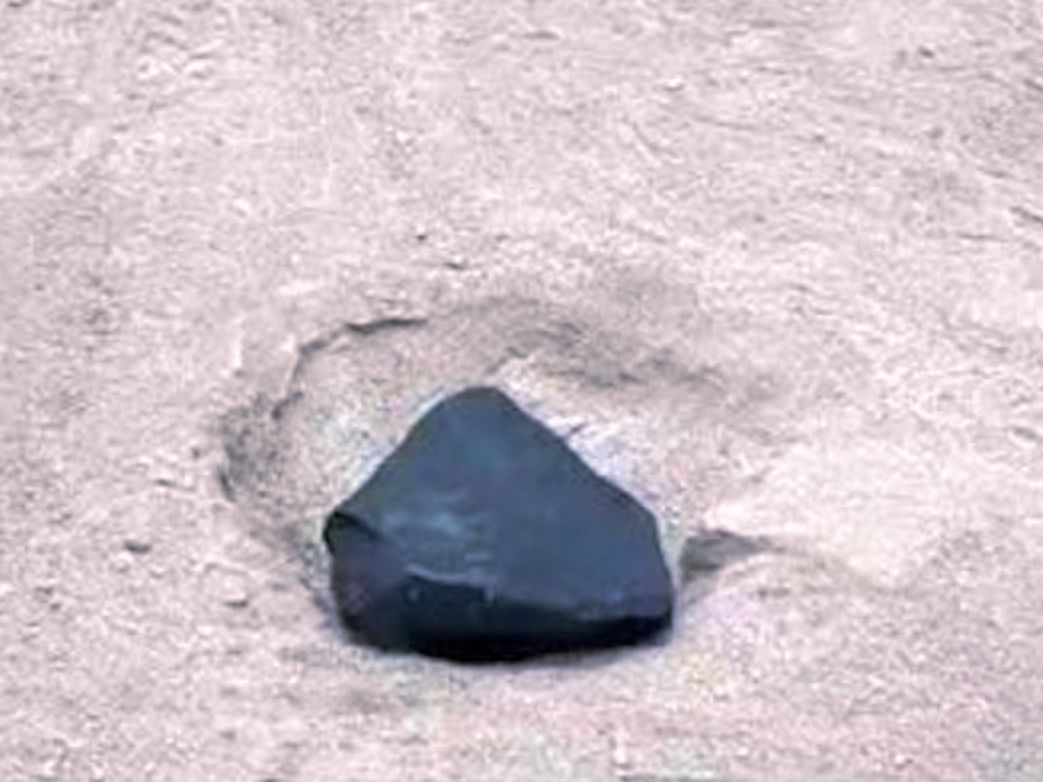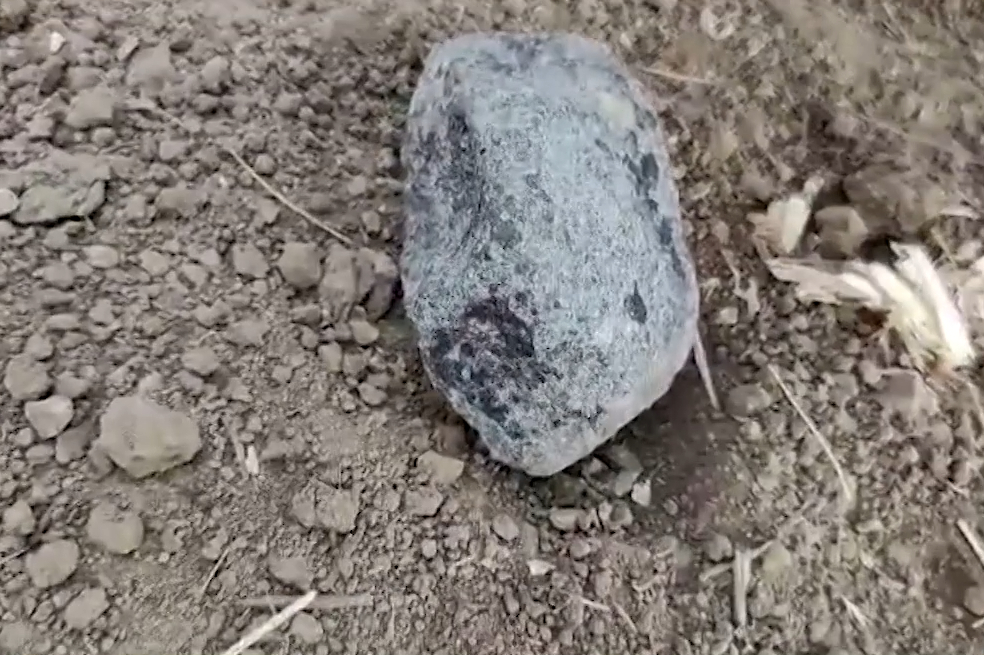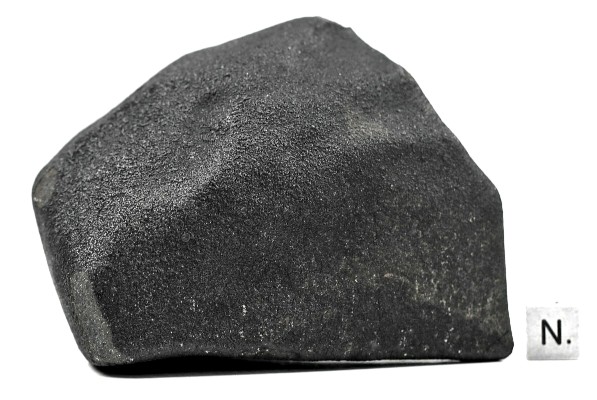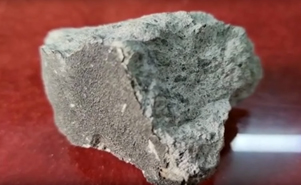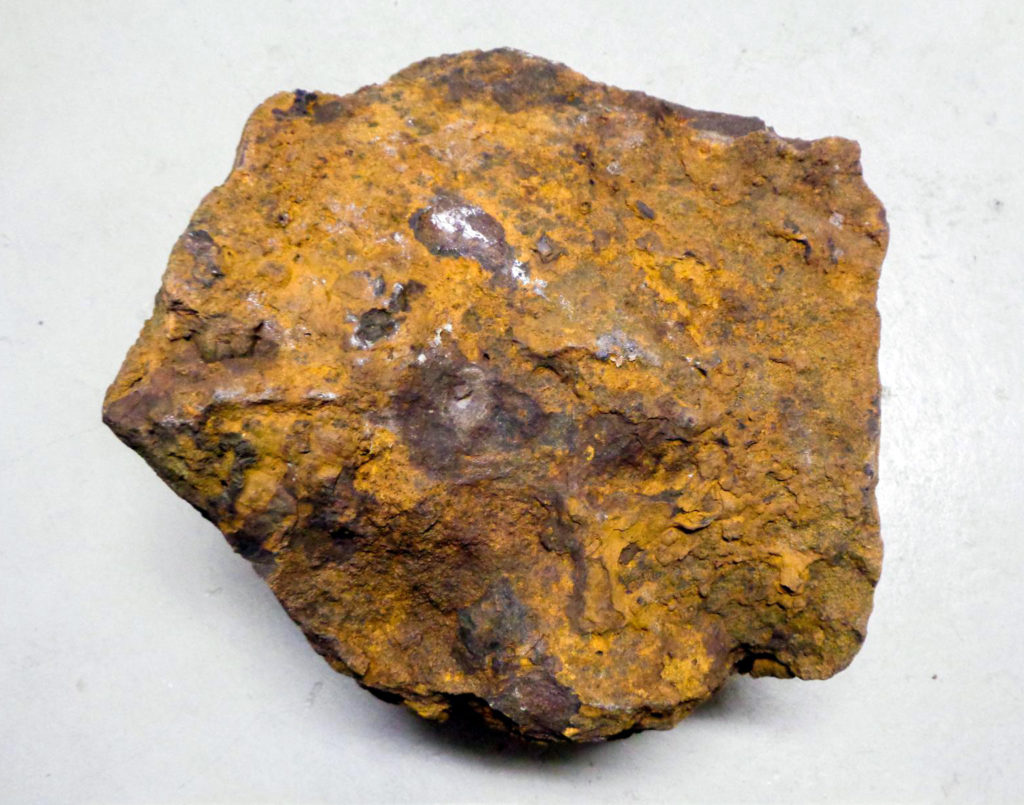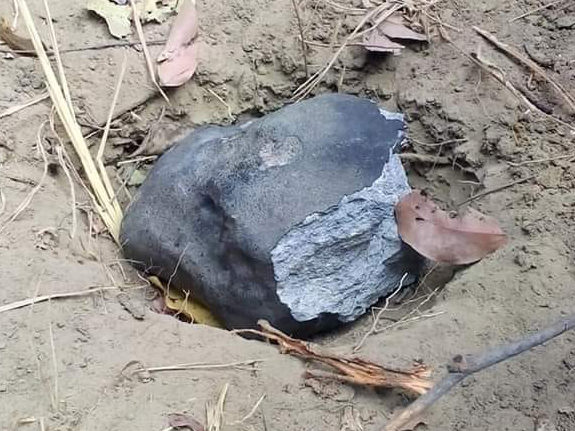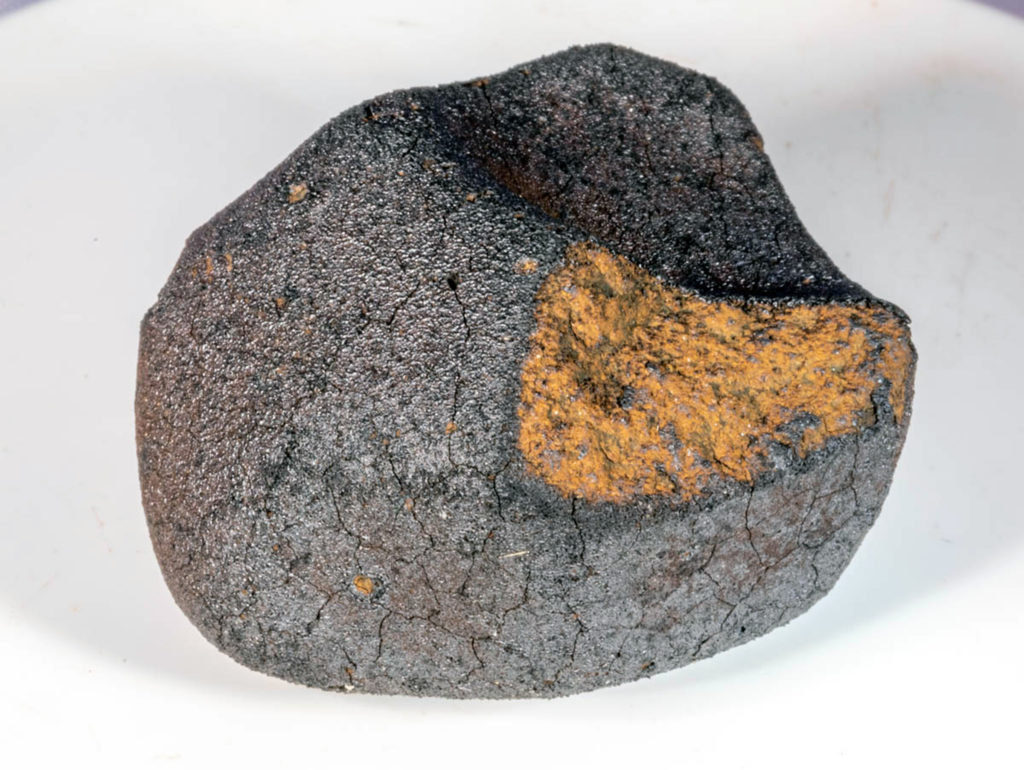Richard G. Kraus, Seth Root, Raymond W. Lemke, Sarah T. Stewart, Stein B. Jacobsen, Thomas R. Mattsson
Nature Geoscience 8, 269–272
doi:10.1038/ngeo2369
LINK
Supplementary Information(PDF)
Differentiated planetesimals delivered iron-rich material to the Earth and Moon in high-velocity collisions at the end stages of accretion. The physical process of accreting this late material has implications for the geochemical evolution of the Earth–Moon system and the timing of Earth’s core formation1, 2, 3. However, the fraction of a planetesimal’s iron core that is vaporized by an impact is not well constrained as a result of iron’s poorly understood equation of state. Here we determine the entropy in the shock state of iron using a recently developed shock-and-release experimental technique implemented at the Sandia National Laboratory Z-Machine. We find that the shock pressure required to vaporize iron is 507 (+65, −85) GPa, which is lower than the previous theoretical estimate4 (887 GPa) and readily achieved by the high velocity impacts at the end stages of accretion. We suggest that impact vaporization of planetesimal cores dispersed iron over the surface of the growing Earth and enhanced chemical equilibration with the mantle. In addition, the comparatively low abundance of highly siderophile elements in the lunar mantle and crust5, 6, 7, 8 can be explained by the retention of a smaller fraction of vaporized planetesimal iron on the Moon, as compared with Earth, due to the Moon’s lower escape velocity.

